Electronic goods are particularly sensitive items, prone to damage if not packaged correctly. From smartphones and computers to components and large-scale devices, all require careful packaging that meets safety standards during transport. In this article, Phong Nguyen will provide a detailed guide on how to effectively packaging electronic goods, helping you protect your products and build a solid reputation with customers or partners.
Why proper packaging for electronic goods matters?
Properly packaging electronic goods is not only a protective measure but also a strategic move to help businesses reduce risk and increase product value. Standard packaging helps prevent damage caused by shock, vibration, humidity, or high temperature during transportation.
| Risk | Impact on Product |
|---|---|
| Shock or Dropping | May cause screen cracks, loose mainboards, or damaged batteries |
| Humidity or Water | Can oxidize internal components, leading to short circuits or malfunction |
| Electrostatic Discharge | Damages sensitive microcircuits, especially on motherboards and chips |
| High Temperatures | Causes battery swelling, reduces component lifespan, or deforms casing |
| Compression or Heavy Loads | Deforms the device, misaligns internal structure, or breaks components |
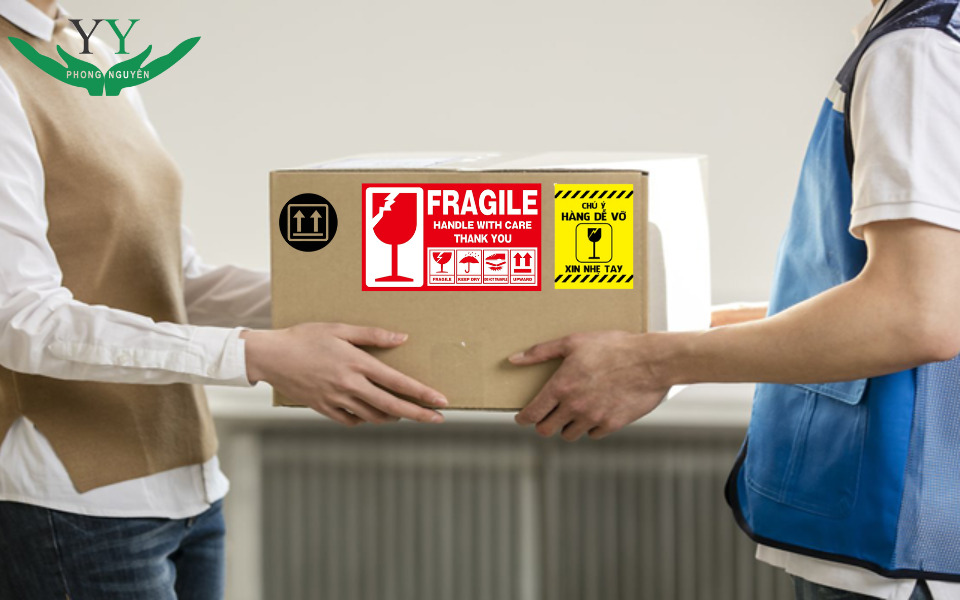
At the same time, it helps minimize disputes and unnecessary returns, optimizing insurance and logistics costs. Most importantly, a professional packaging process demonstrates attention to detail and elevates your brand image in the eyes of customers and partners.
Essential Materials for Packaging Electronic Goods
To ensure electronic components are transported safely, selecting the right packaging materials is crucial. Below are the most common and effective materials used in packaging electronic goods:
Anti-Static bags (ESD Bags)
This is the first and mandatory protective layer for sensitive components such as circuit boards, processors, or semiconductors. Anti-static bags prevent electrostatic discharge, avoiding short circuits or damage to microchips during packaging, storage, and transportation.
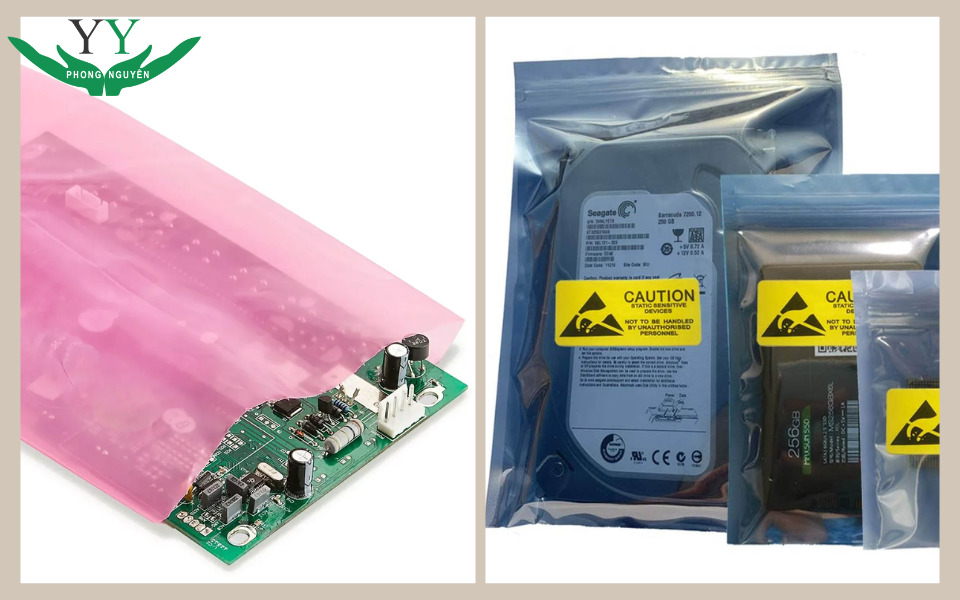
Bubble wrap
Used to wrap around the outside of the device, bubble wrap helps absorb shock and distribute impact force. The small air bubbles act as cushioning, protecting electronic components from physical impacts during transit.
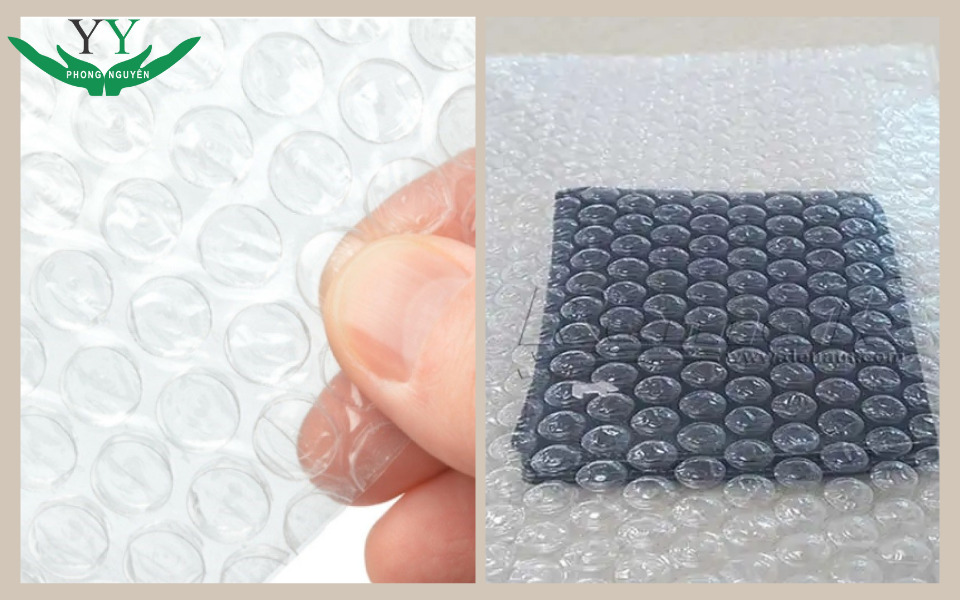
PE Foam or PU Foam
This foam layer is usually lined around the product, especially for devices with complex shapes. With high elasticity and good shock absorption, foam helps keep the product securely in place and reduces damage from movement.
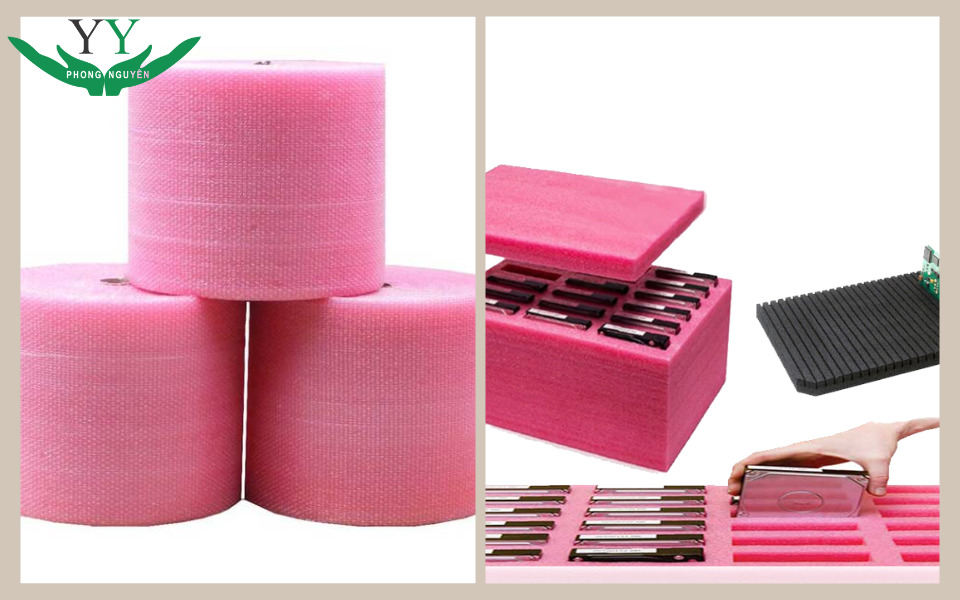
EPS Foam beads or cushion inserts
To avoid empty space inside the box causing collisions, foam beads or inserts are ideal choices. These materials not only secure the product but also serve as padding for comprehensive protection throughout the delivery process.
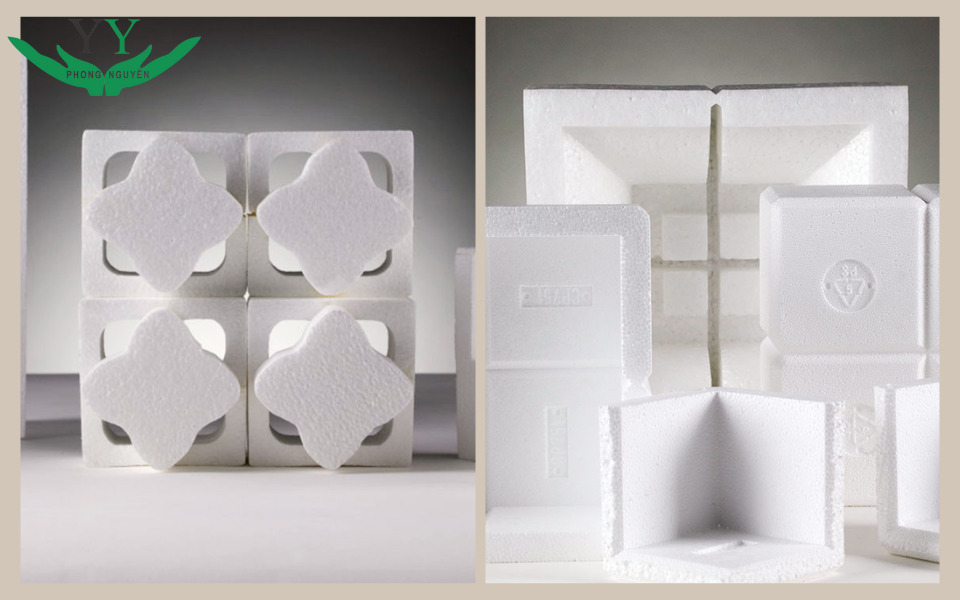
Lining paper
Lining paper used in electronics packaging is a sustainable packaging material made from post-consumer paper. It is commonly used to cushion and fill empty spaces inside packages, helping to secure electronic products, reduce impact, and prevent damage during transportation. As an eco-friendly solution, it effectively replaces traditional plastic fillers while ensuring the safety of the products.

Molded pulp tray
Molded pulp trays in electronic packaging are an eco-friendly packaging solution. Designed to match the shape of the product, these trays securely hold and protect electronic devices such as phones, tablets, or components during storage and transportation. With good shock-absorbing properties, molded pulp trays minimize impact and vibration, offering a sustainable alternative to traditional materials like plastic or foam.
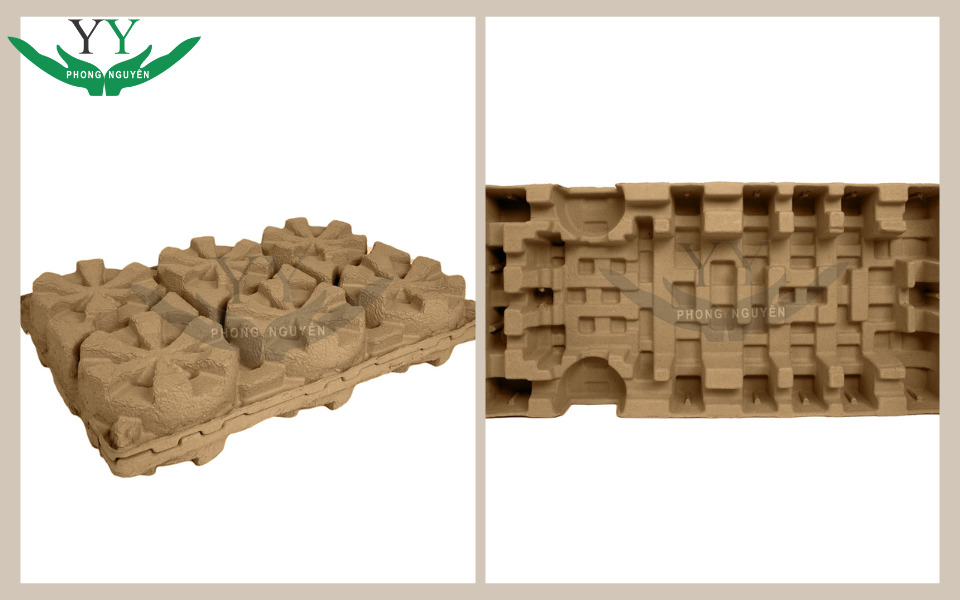
Silica gel (desiccant ơackets)
Moisture is a silent threat to electronic components, potentially causing oxidation, short circuits, and reducing device lifespan. Placing silica gel packets inside the box effectively controls humidity and creates a dry, safe environment for sensitive contact points and circuit boards. This is a small step but plays a big role in proper electronic packaging.
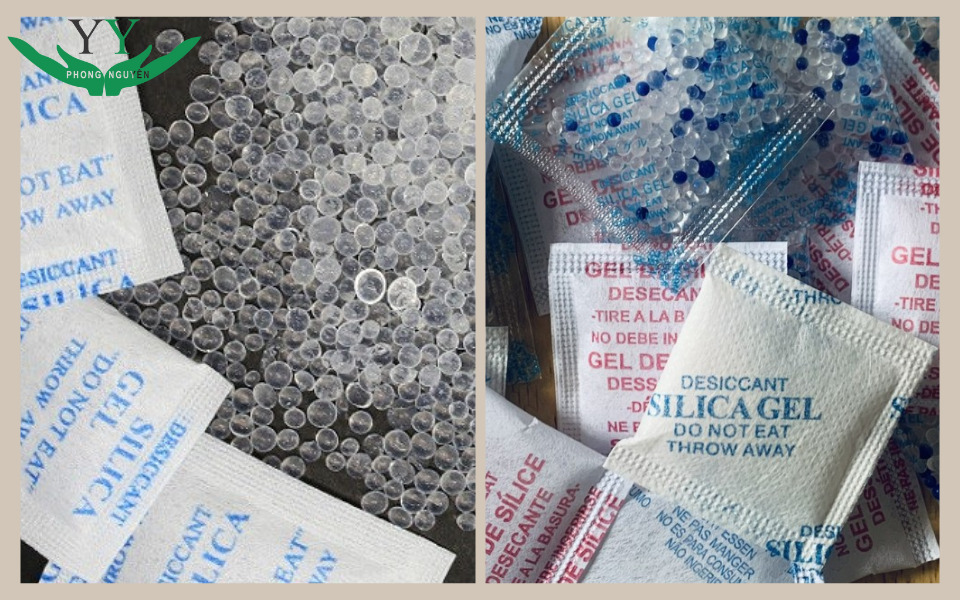
3–5 Layer Cardboard Boxes
As the outermost layer, cardboard boxes must be sturdy and impact-resistant. Depending on the product’s weight and fragility, choose boxes with 3 to 5 layers to prevent crushing and protect the item during stacking or long-distance shipping.
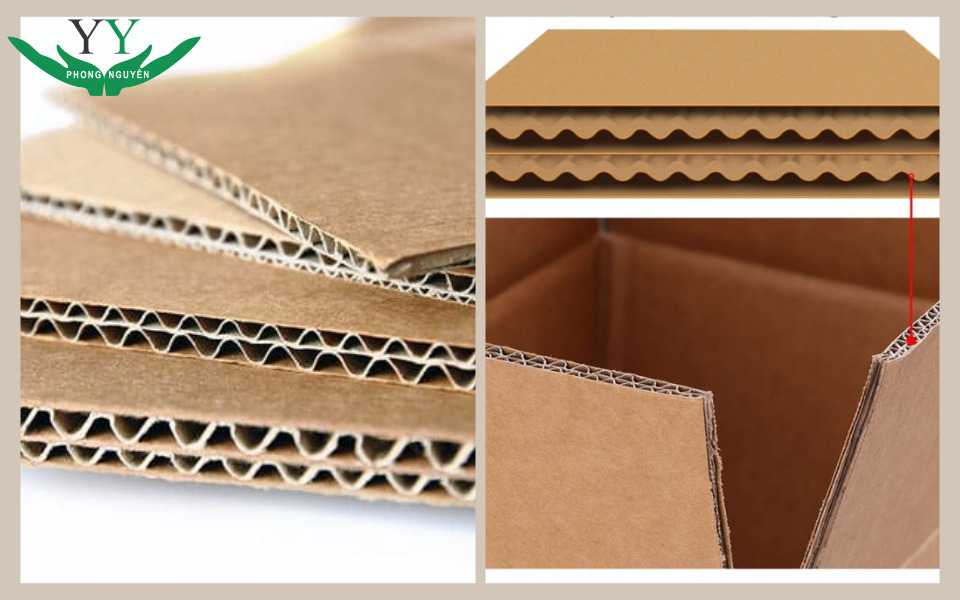
Industrial-Grade Adhesive Tape
Lastly, quality adhesive tape is indispensable for final sealing. It helps secure all box flaps, prevents dust and moisture intrusion, and enhances strength, ensuring the package doesn’t burst open during handling.
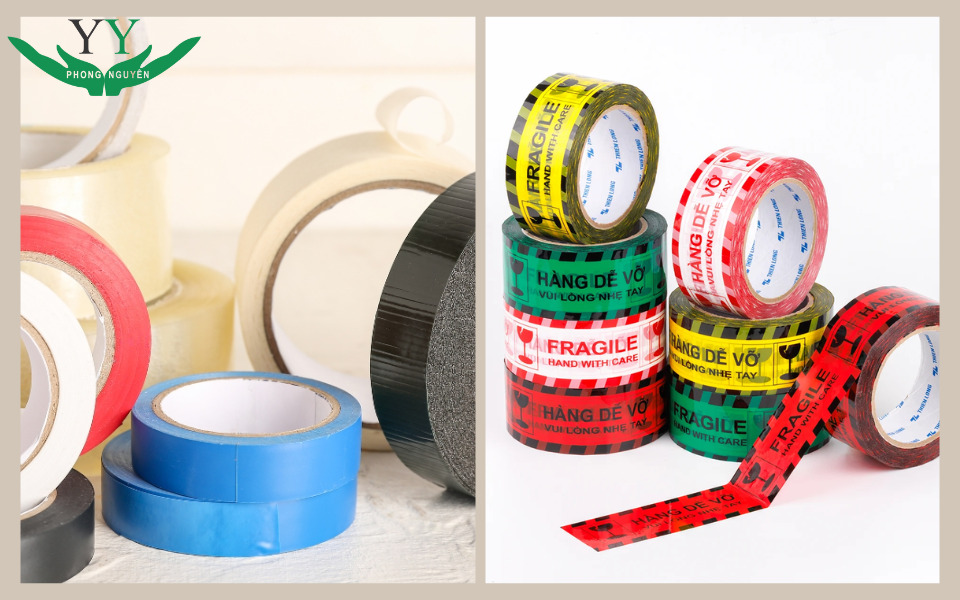
Guide to 2 proper methods for packaging electronic components
Correct packaging is a key factor in ensuring electronic components remain safe during storage and shipping. Whether new or used, each item requires a specific process to avoid damage, prevent static electricity, and minimize shock.
Packaging Unused Electronic Components
- Step 1: Use anti-static bags (ESD Bags)
Place components in ESD bags to prevent electrostatic discharge—a major cause of short circuits and damage to circuit boards, processors, and other sensitive parts. - Step 2: Wrap with bubble wrap or PE Foam for shock protection
Next, wrap the component with a layer of bubble wrap or PE foam to absorb impact and keep the product safe during transit. - Step 3: Place in 3–5 Layer rigid cardboard box
Choose a box size suitable for the product, ideally with 3 to 5 layers to ensure strength and resistance to deformation. - Step 4: Fill gaps with foam beads or cushion inserts
Fill any empty spaces with EPS foam beads, cushion inserts, or foam to keep the product fixed and reduce movement inside the box. - Step 5: Add silica gel (desiccant packets)
Place silica gel packets inside to control humidity—especially important for components vulnerable to oxidation or moisture. - Step 6: Seal the box with industrial-grade tape
Use strong adhesive tape to seal all flaps, keeping out dust and moisture and preventing the package from bursting open during transport.
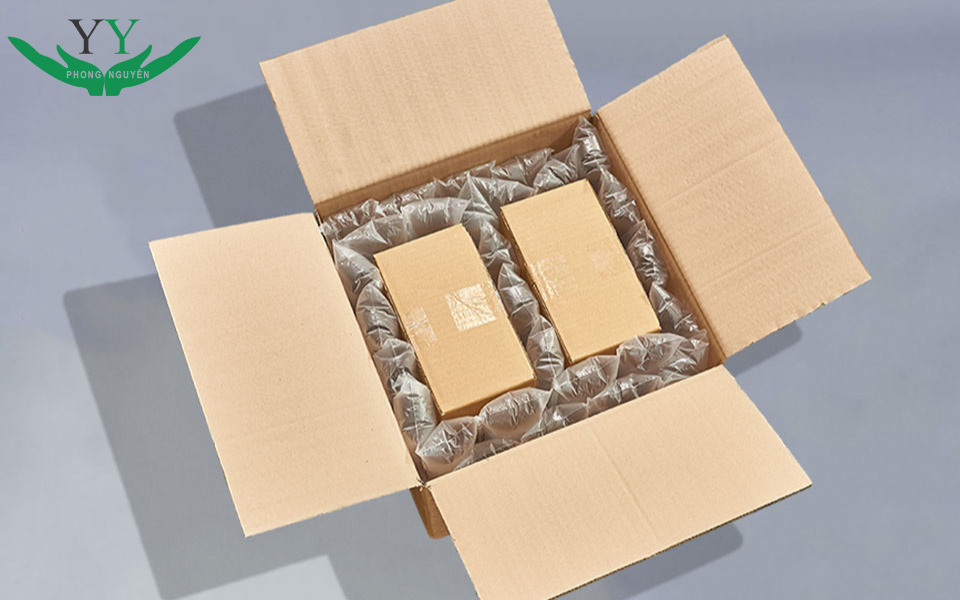
Packaging used electronic components
- Step 1: Clean the component before packaging
Before packaging, gently wipe the component with a soft cloth to remove dirt, debris, and signs of oxidation for safer and more professional delivery. - Step 2: Check the functionality
Evaluate the component’s condition. If still functional, place it in an anti-static bag to avoid electrostatic discharge during shipping. - Step 3: Apply extra protective layers
Used components are often more fragile, so add extra layers of protection using PE foam, bubble wrap, or PU foam to minimize impact. - Step 4: Use cushion inserts and a sturdy cardboard Bbox
Choose a rigid box with suitable dimensions. Fill empty spaces with foam or cushioning to secure the component and prevent shifting inside the box. - Step 5: Label clearly as “Used”
Proper labeling helps the recipient easily identify the item’s condition and facilitates transparent handling and inspection. - Step 6: Seal the box and inspect before shipping
Use strong tape to seal all flaps. Double-check that the box is not open, torn, or missing protective layers before dispatch.
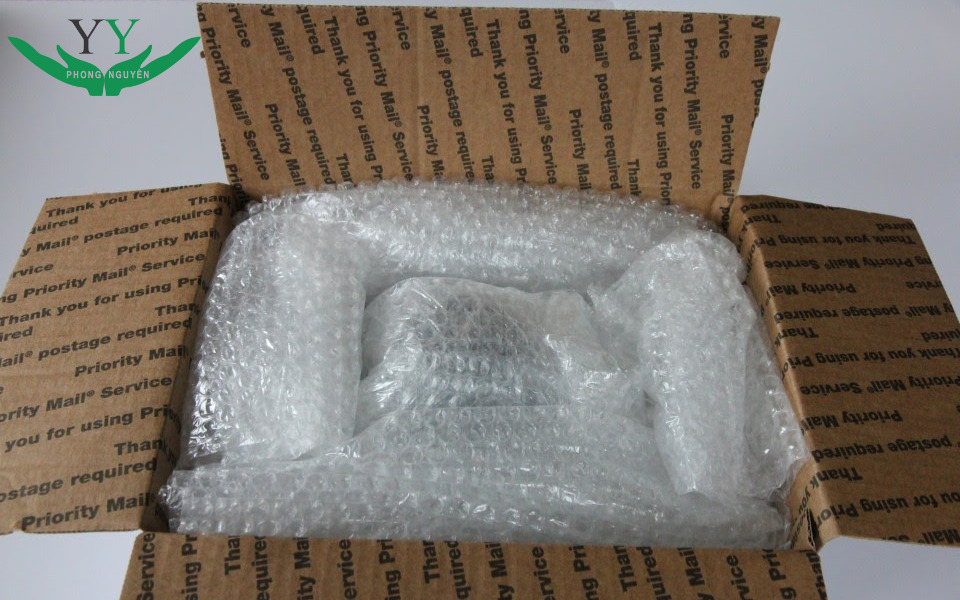
Conclusion
We hope this informative article from Phong Nguyen has helped you understand how to properly package electronic goods based on each product type. Packaging electronics requires care, precision, and the right materials to ensure safety during transport. With just a few proper steps, you can minimize damage risks, save on after-sales costs, and build a professional, trustworthy image in the eyes of your customers. See you in the next article!

